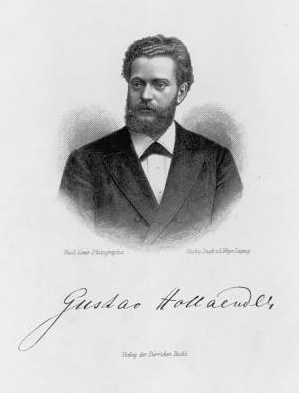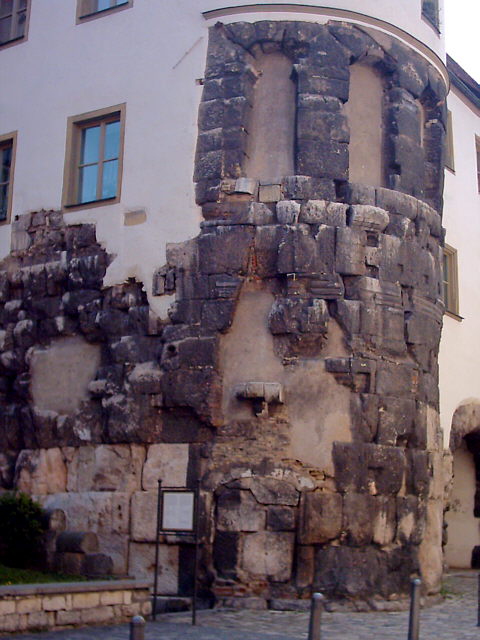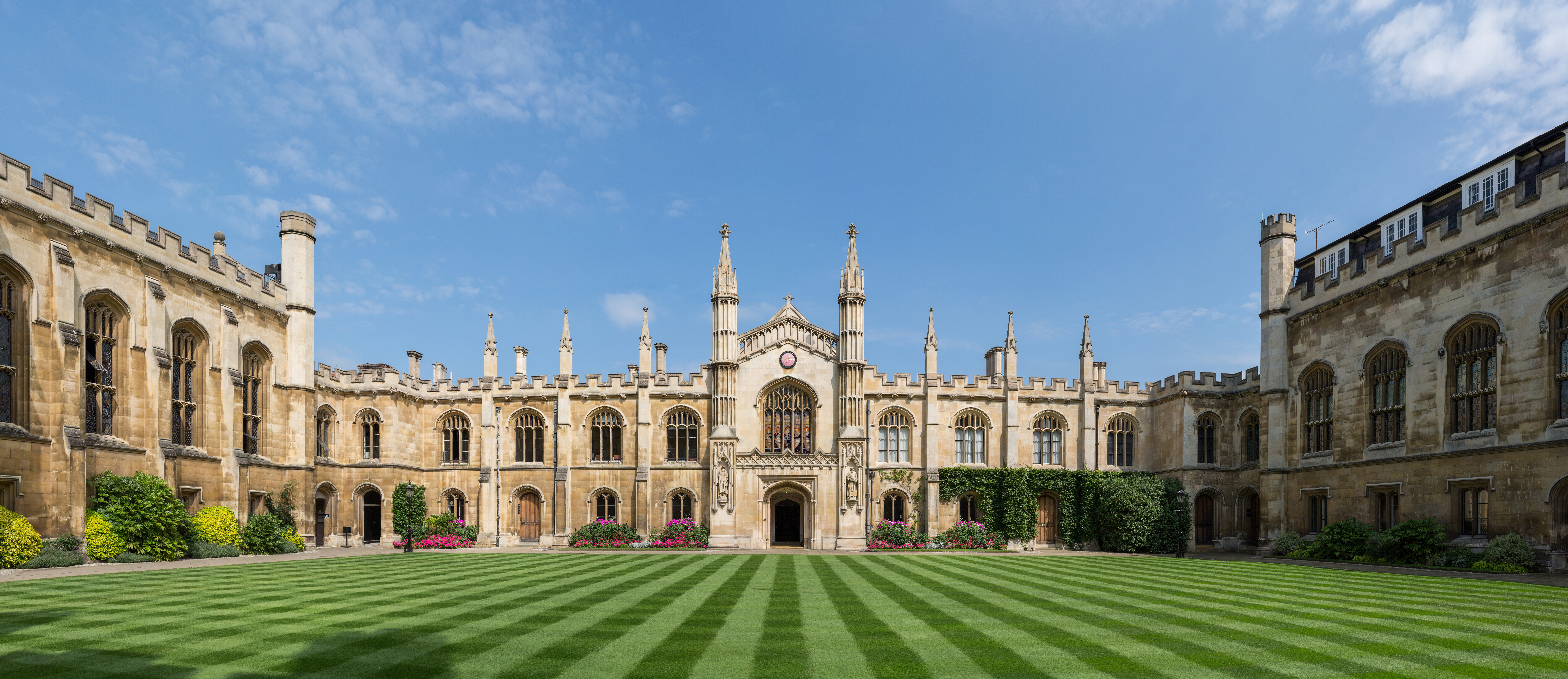|
Feliks Nowowiejski
Feliks Nowowiejski (7 February 1877 – 18 January 1946) was a Polish composer, conductor, concert organist, and music teacher. Nowowiejski was born in Wartenburg (today Barczewo) in Warmia in the Prussian Partition of Poland (then administratively part of the Province of East Prussia, German Empire). He died in Poznań, Poland.Polish perspectives Polski Instytut Spraw Międzynarodowych - 1968 -- Volume 11, Numéros 1 à 6 - Page 91 "Feliks Nowowiejski (1887–1946), composer, organist and orchestra conductor, was the author of the opera The Legend of the Baltic, the song The Oath to the text by Maria Konopnicka, and many other works for orchestra, choir, ..." Childhood Feliks Nowowiejski was born the fifth of 11 siblings. Nowowiejski's ancestors, like himself, came from Warmia, a region which was part of the Polish Kingdom prior to the First Partition of Poland in 1772. His father was Franz Adam Nowowiejski, a Pole born in 1830 in Wartenburg in Warmia (former Poli ... [...More Info...] [...Related Items...] OR: [Wikipedia] [Google] [Baidu] |
Barczewo
Barczewo (until 1946 ''Wartembork''; german: Wartenburg in Ostpreußen) is a town in Olsztyn County, Warmian-Masurian Voivodeship, Poland. It is situated 20 km northeast of Olsztyn, in the historic region of Warmia. As of December 2021, the town has a population of 7,483. Name The German name of the town ("Wartenburg") has its origins from the town of Wartenburg (Elbe). In Polish the town was known historically as Wartembork, Wartenberg, Wartenbergk, Wathberg, Bartenburg, Warperc, Wasperc, Wartbór or Wartbórz. In the aftermath of World War II, the town was transferred from Germany back to Poland. Commission for the Determination of Place Names decided to change the town's name. It was briefly named ''Nowowiejsk'', after local composer Feliks Nowowiejski, in September 1946. In December that year the Commission settled on another name, ''Barczewo'', honouring Polish national activist who fought against Prussian oppression of Poles in Warmia, Walenty Barczewski (1865–1928 ... [...More Info...] [...Related Items...] OR: [Wikipedia] [Google] [Baidu] |
Stern Conservatory
The Stern Conservatory (''Stern'sches Konservatorium'') was a private music school in Berlin with many distinguished tutors and alumni. The school is now part of Berlin University of the Arts. History It was founded in 1850 as the ''Berliner Musikschule'' by Julius Stern, Theodor Kullak and Adolf Bernhard Marx. Kullak withdrew from the conservatory in 1855 in order to create a new academy of sculpture and three-dimensional art. With Marx's withdrawal in 1856, the conservatory came exclusively under the Stern family and adopted its name. In 1894 it was taken over by Gustav Hollaender (the uncle of film composer Friedrich Hollaender), who moved the school's location to the Berlin Philharmonic concert hall on Bernburger Strasse in Berlin- Kreuzberg. In the course of the ''Gleichschaltung'' process, the Stern Academy in 1936 was renamed ''Konservatorium der Reichshauptstadt Berlin'' controlled by the Nazi regime. Gustav Hollaender's heirs were disseized, but for a few years ... [...More Info...] [...Related Items...] OR: [Wikipedia] [Google] [Baidu] |
Bavaria
Bavaria ( ; ), officially the Free State of Bavaria (german: Freistaat Bayern, link=no ), is a state in the south-east of Germany. With an area of , Bavaria is the largest German state by land area, comprising roughly a fifth of the total land area of Germany. With over 13 million inhabitants, it is second in population only to North Rhine-Westphalia, but due to its large size its population density is below the German average. Bavaria's main cities are Munich (its capital and largest city and also the third largest city in Germany), Nuremberg, and Augsburg. The history of Bavaria includes its earliest settlement by Iron Age Celtic tribes, followed by the conquests of the Roman Empire in the 1st century BC, when the territory was incorporated into the provinces of Raetia and Noricum. It became the Duchy of Bavaria (a stem duchy) in the 6th century AD following the collapse of the Western Roman Empire. It was later incorporated into the Holy Roman Empire, ... [...More Info...] [...Related Items...] OR: [Wikipedia] [Google] [Baidu] |
Regensburg
Regensburg or is a city in eastern Bavaria, at the confluence of the Danube, Naab and Regen rivers. It is capital of the Upper Palatinate subregion of the state in the south of Germany. With more than 150,000 inhabitants, Regensburg is the fourth-largest city in the State of Bavaria after Munich, Nuremberg and Augsburg. From its foundation as an imperial Roman river fort, the city has been the political, economic and cultural centre of the surrounding region; it is still known in the Romance languages by a cognate of its Latin name of "Ratisbona" (the version "Ratisbon" was long current in English). Later, under the rule of the Holy Roman Empire, it housed the Perpetual Diet of Regensburg. The medieval centre of the city was made a UNESCO World Heritage Site in 2006 because of its well-preserved architecture and the city's historical importance for assemblies during the Holy Roman Empire. In 2014, Regensburg was among the top sights and travel attractions in German ... [...More Info...] [...Related Items...] OR: [Wikipedia] [Google] [Baidu] |
College Of Catholic Church Music And Musical Education
A college (Latin: ''collegium'') is an educational institution or a constituent part of one. A college may be a degree-awarding tertiary educational institution, a part of a collegiate or federal university, an institution offering vocational education, or a secondary school. In most of the world, a college may be a high school or secondary school, a college of further education, a training institution that awards trade qualifications, a higher-education provider that does not have university status (often without its own degree-awarding powers), or a constituent part of a university. In the United States, a college may offer undergraduate programs – either as an independent institution or as the undergraduate program of a university – or it may be a residential college of a university or a community college, referring to (primarily public) higher education institutions that aim to provide affordable and accessible education, usually limited to two-year asso ... [...More Info...] [...Related Items...] OR: [Wikipedia] [Google] [Baidu] |
Olsztyn
Olsztyn ( , ; german: Allenstein ; Old Prussian: ''Alnāsteini'' * Latin: ''Allenstenium'', ''Holstin'') is a city on the Łyna River in northern Poland. It is the capital of the Warmian-Masurian Voivodeship, and is a city with county rights. The population of the city was estimated at 169,793 residents in 2021. Olsztyn is the largest city in Warmia, and has been the capital of the voivodeship since 1999. In the same year, the University of Warmia and Masuria was founded from the fusion of three other local universities. Today, the Castle of Warmian Cathedral Chapter houses a museum and is a venue for concerts, art exhibitions, film shows and other cultural events, which make Olsztyn a popular tourist destination. The city is the seat of the Archbishop of the Roman Catholic Archdiocese of Warmia The most important sights of the city include the medieval Old Town and the St. James Pro-cathedral (former St. James Parish Church), which dates back more than 600 years. ... [...More Info...] [...Related Items...] OR: [Wikipedia] [Google] [Baidu] |
Święta Lipka
Święta Lipka (; german: Heiligelinde; "Holy Linden") is a small village in the administrative district of Gmina Reszel, within Kętrzyn County, Warmian-Masurian Voivodeship, in northeastern Poland. It lies approximately south-east of Reszel, south-west of Kętrzyn, and north-east of the regional capital Olsztyn. The village has a population of about 200. It is located in the historic region of Masuria. Święta Lipka is known for the pilgrimage sanctuary and temple, a masterpiece of Baroque architecture, and its moving pipe organ, a unique and fine church instrument. Sanctuary of St. Mary According to legend, the name ''Heiligelinde'' and ''Święta Lipka'' - Holy Linden (lime tree) - referred to a tree with a wooden statue of Mary under which miracles took place; a legend exists that a convicted criminal carved a figurine of Mary and was released soon-after. As a sign of gratitude he placed the miraculous figurine on a linden tree, which had healing properties. The actu ... [...More Info...] [...Related Items...] OR: [Wikipedia] [Google] [Baidu] |
Berlin
Berlin is Capital of Germany, the capital and largest city of Germany, both by area and List of cities in Germany by population, by population. Its more than 3.85 million inhabitants make it the European Union's List of cities in the European Union by population within city limits, most populous city, as measured by population within city limits having gained this status after the United Kingdom's, and thus London's, Brexit, departure from the European Union. Simultaneously, the city is one of the states of Germany, and is the List of German states by area, third smallest state in the country in terms of area. Berlin is surrounded by the state of Brandenburg, and Brandenburg's capital Potsdam is nearby. The urban area of Berlin has a population of over 4.5 million and is therefore the most populous urban area in Germany. The Berlin/Brandenburg Metropolitan Region, Berlin-Brandenburg capital region has around 6.2 million inhabitants and is Germany's second-largest metropolitan reg ... [...More Info...] [...Related Items...] OR: [Wikipedia] [Google] [Baidu] |
Polish Language
Polish (Polish: ''język polski'', , ''polszczyzna'' or simply ''polski'', ) is a West Slavic language of the Lechitic group written in the Latin script. It is spoken primarily in Poland and serves as the native language of the Poles. In addition to being the official language of Poland, it is also used by the Polish diaspora. There are over 50 million Polish speakers around the world. It ranks as the sixth most-spoken among languages of the European Union. Polish is subdivided into regional dialects and maintains strict T–V distinction pronouns, honorifics, and various forms of formalities when addressing individuals. The traditional 32-letter Polish alphabet has nine additions (''ą'', ''ć'', ''ę'', ''ł'', ''ń'', ''ó'', ''ś'', ''ź'', ''ż'') to the letters of the basic 26-letter Latin alphabet, while removing three (x, q, v). Those three letters are at times included in an extended 35-letter alphabet, although they are not used in native words. The traditiona ... [...More Info...] [...Related Items...] OR: [Wikipedia] [Google] [Baidu] |
German Language
German ( ) is a West Germanic language mainly spoken in Central Europe. It is the most widely spoken and official or co-official language in Germany, Austria, Switzerland, Liechtenstein, and the Italian province of South Tyrol. It is also a co-official language of Luxembourg and Belgium, as well as a national language in Namibia. Outside Germany, it is also spoken by German communities in France ( Bas-Rhin), Czech Republic (North Bohemia), Poland ( Upper Silesia), Slovakia (Bratislava Region), and Hungary ( Sopron). German is most similar to other languages within the West Germanic language branch, including Afrikaans, Dutch, English, the Frisian languages, Low German, Luxembourgish, Scots, and Yiddish. It also contains close similarities in vocabulary to some languages in the North Germanic group, such as Danish, Norwegian, and Swedish. German is the second most widely spoken Germanic language after English, which is also a West Germanic language. German ... [...More Info...] [...Related Items...] OR: [Wikipedia] [Google] [Baidu] |






